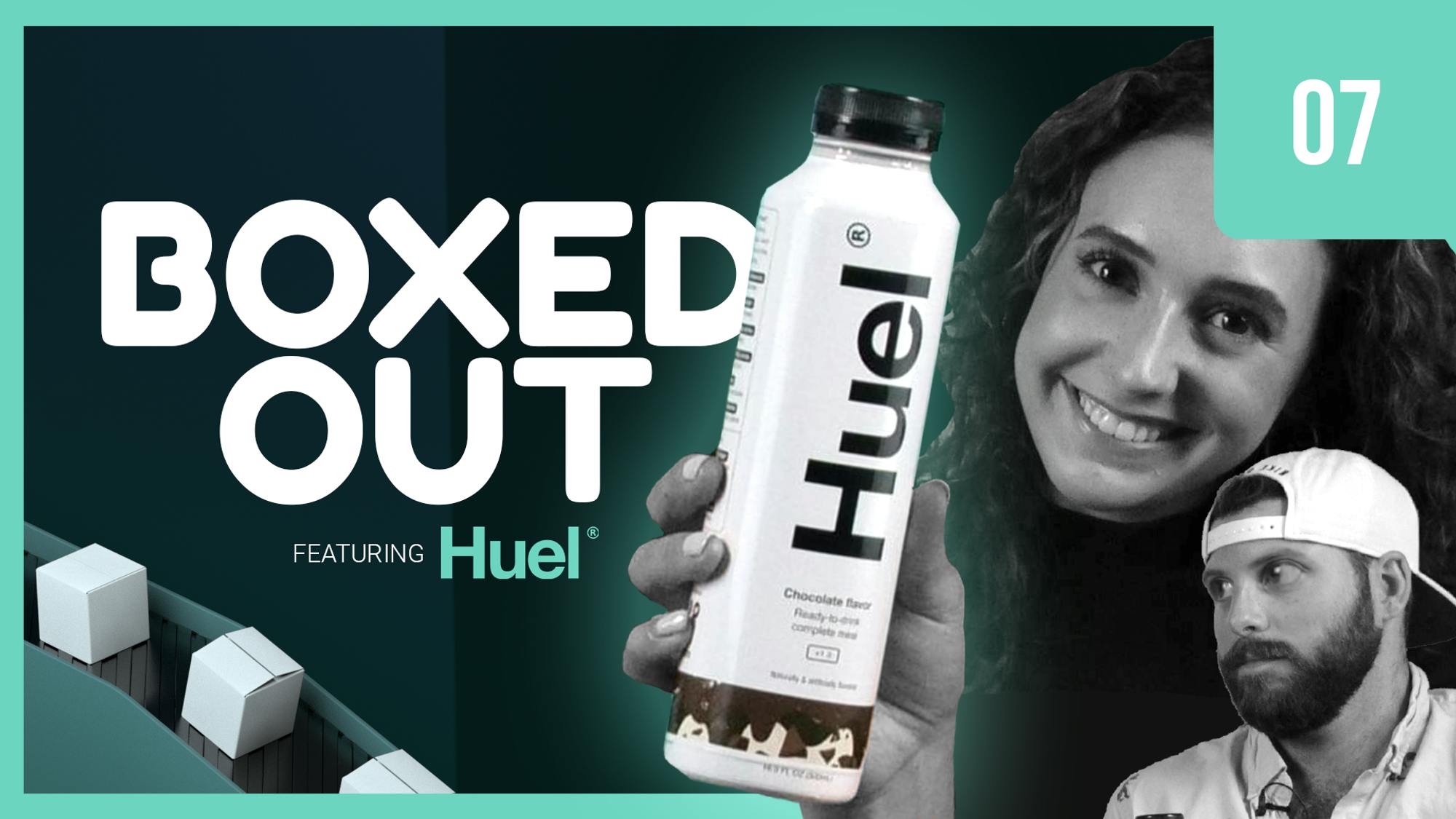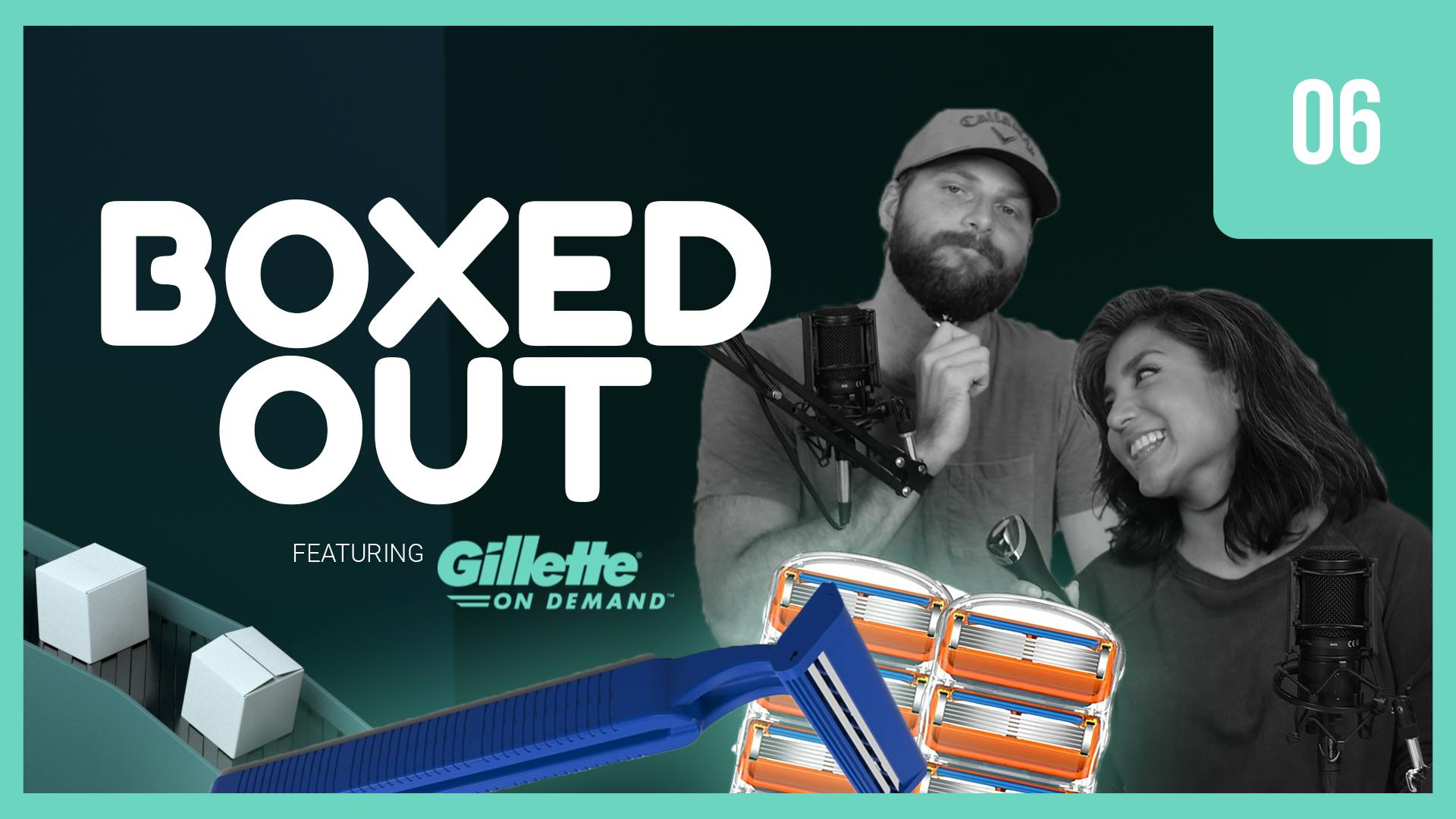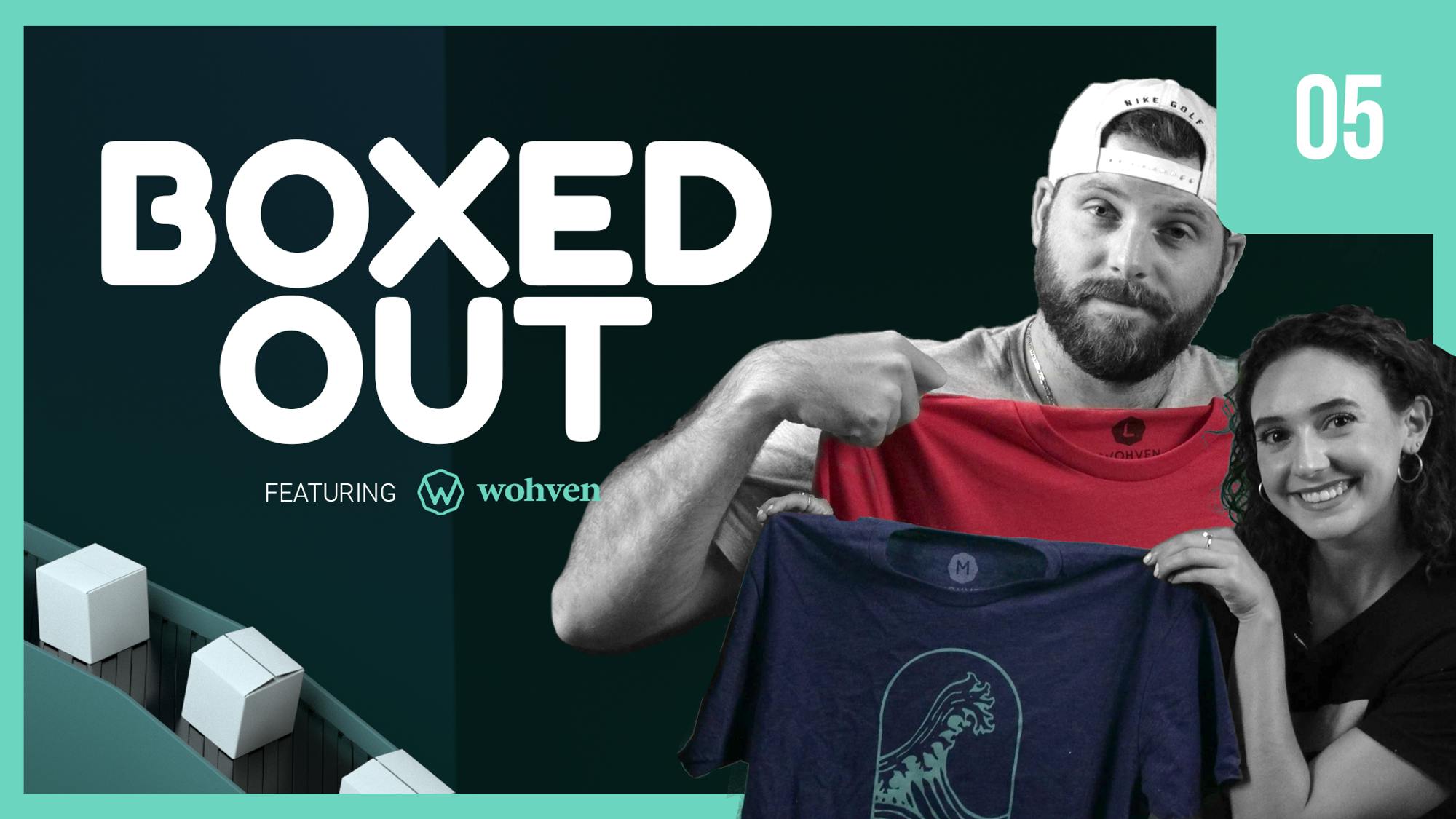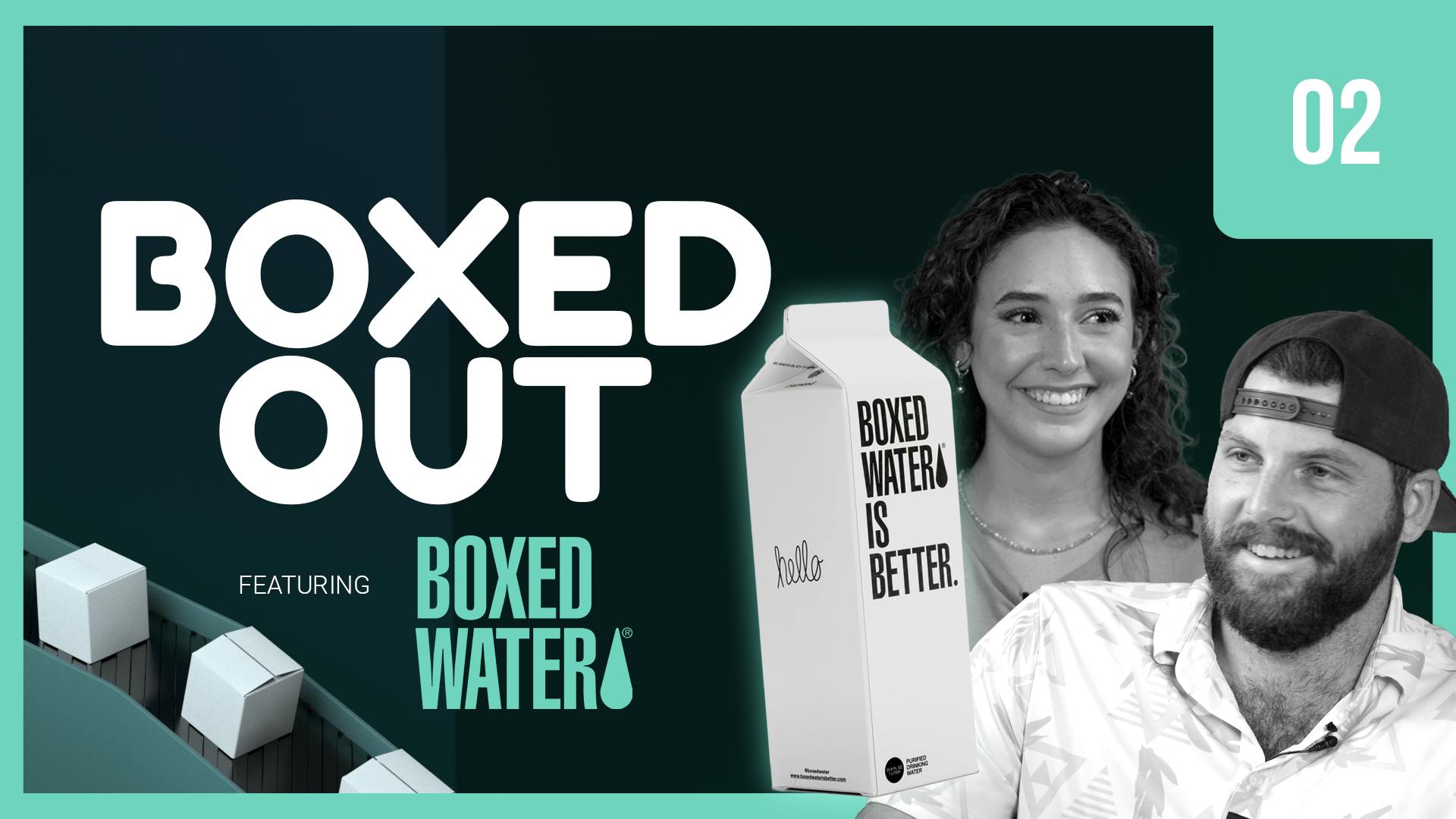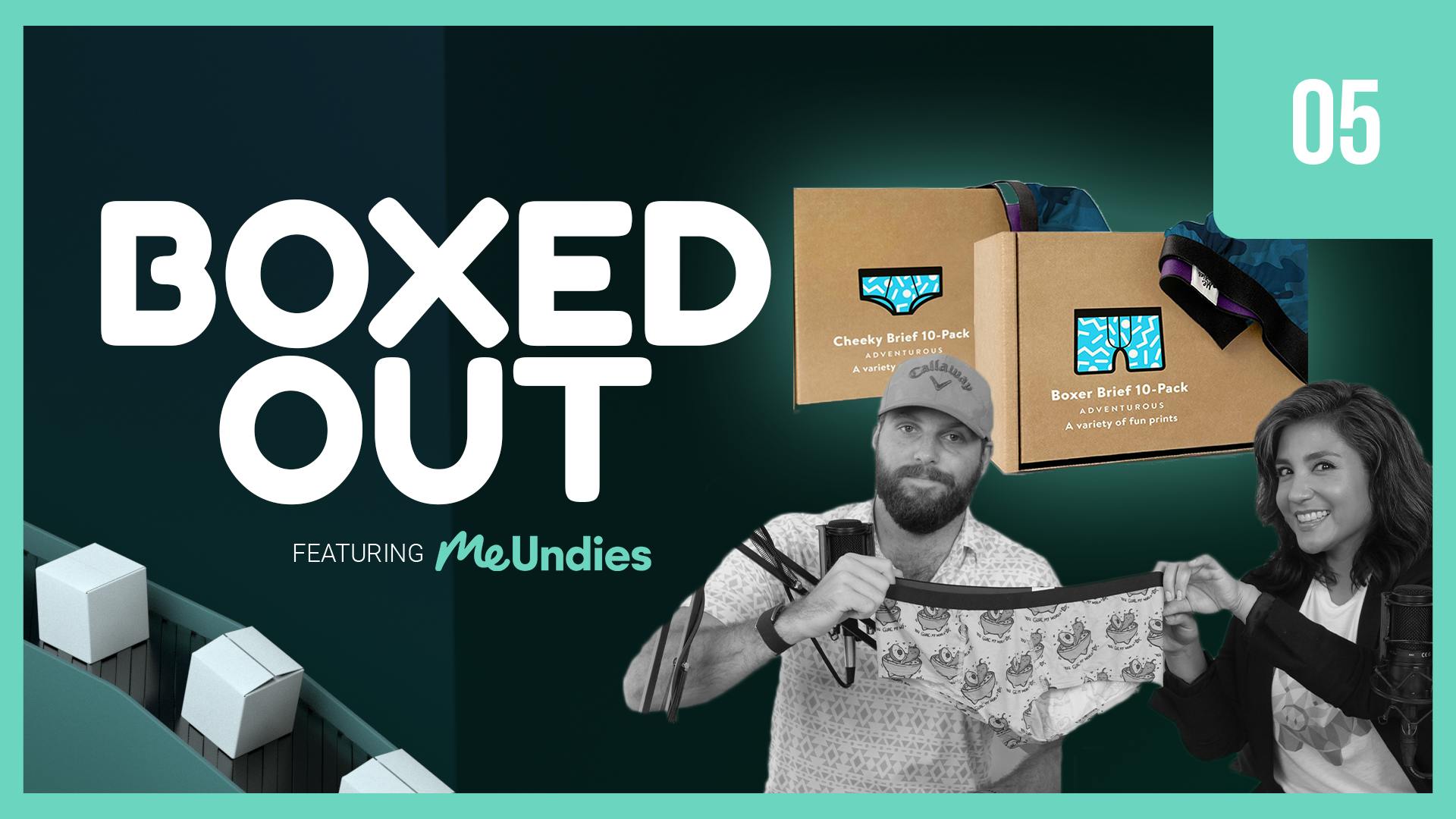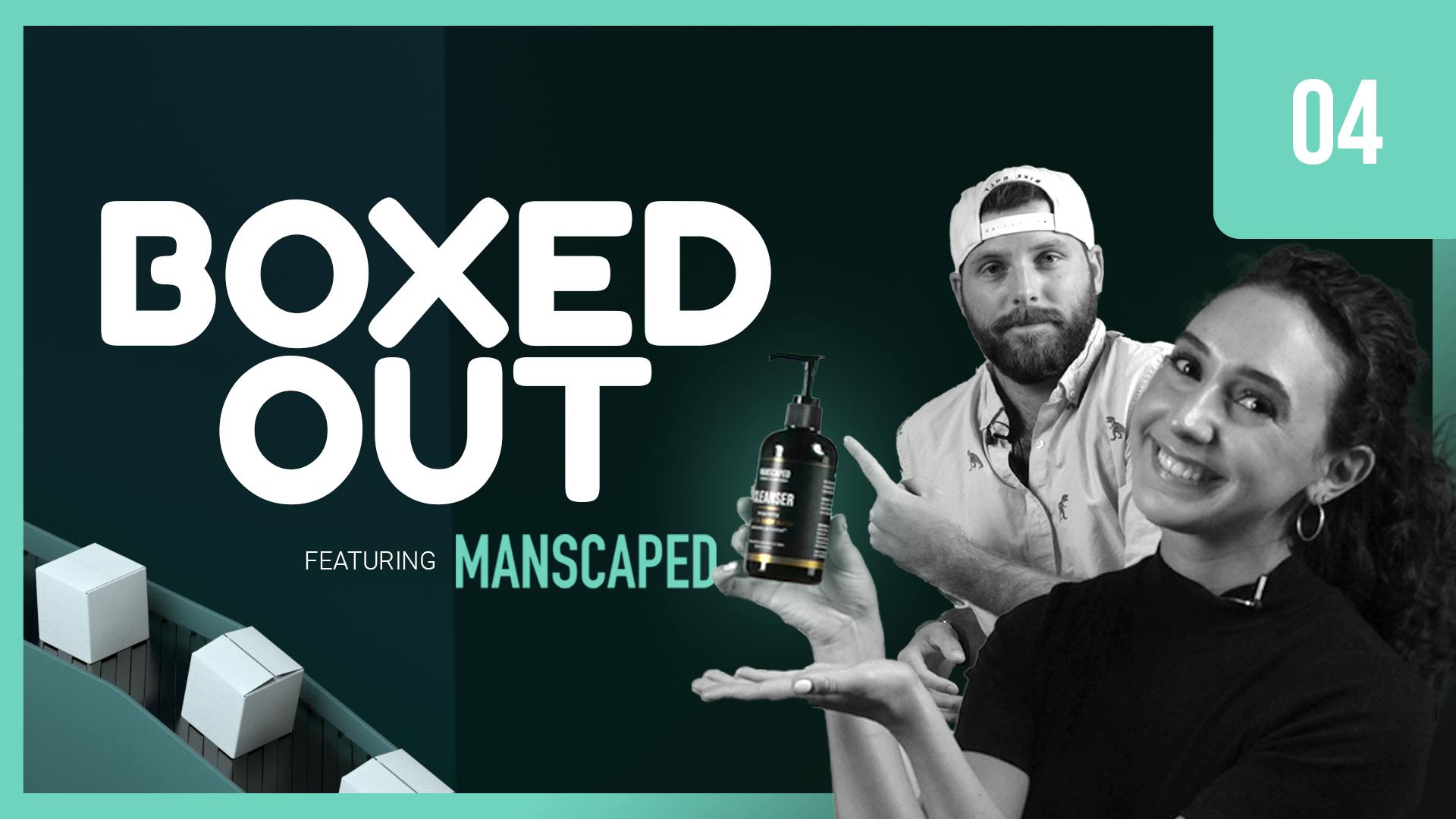
BloomsyBox—Is Their Retention Blooming?
This episode might reference ProfitWell and ProfitWell Recur, which following the acquisition by Paddle is now Paddle Studios. Some information may be out of date.
Please message us at studios@paddle.com if you have any questions or comments!
Today we're talking about BloomsyBox, a company that's changing how we experience a beautiful bouquet of flowers. We're going to learn how BloomsyBox is standing out among the competition with an ethically-sourced product and a personalized approach to customer service. And of course, we'll jump into what they're doing great, and not so great, with their subscription retention strategy. So, you can use this as a nice case study for your own DTC brand.
Key takeaways:
- Term optimization
BloomsyBox needs to tweak their term optimization to get people on longer-term plans. Longer-term subscriptions retain customers at a 15-30% percent higher rate than monthly subscriptions.
Reduce the number of options. Data shows that when offering up four options for term plans, you confuse the user and the longer-term payoff isn't there.
Term optimize after the purchase has been made, as well as before.
Remind customers to upgrade to a longer-term plan with a plain text email and an offer with a one-click upgrade. - Expansion Revenue
BloomsyBox needs to spend some time on their expansion revenue up-sells—more on the order confirmation page or after the purchase process.
Add-ons—offer up something in addition to the core product.
Ask customers if they'd like to upgrade that month's order
Connect a donation for ethical sourcing of flowers. Our data shows that donations as a part of subscriptions increase retention by 10-20%. - Credit card failure process
BloomsyBox needs to revamp their credit card failure process. They're leaving thousands, if not millions, on the table by just doing the minimum.
They need four to five plain text emails that go out in an intelligent drip based on the customer's behavior after they realize the card's declined.
They need SMS messages in this flow.
They need to liven up their credit card form a bit more to properly capture the user in a more secure and pleasing way.
BloomsyBox
Flowers help the world in so many different ways, but our favorite use case is something called Floriography which is a way of communicating through flowers. During the Victorian age it was improper etiquette to express strong emotions, particularly those of love or sympathy. Floriography filled that gap to communicate and express unspoken emotions. So, today if you want to be super passive aggressive send your enemies some monkshood, or if you want to ghost someone you’ve been seeing but still feel like you sort of sent a message, send them some buttercup.
Flowers obviously have many positive meanings too, but this depth of emotion and expression wrapped in the flower industry is what led Juan Palacio to found BloomsyBox in 2015 as a subscription service for flowers. As a kid he grew up on his Grandfather’s Arabica farm in Colombia, and after moving to Miami he learned English to sell flowers door to door to hotels in Miami Beach. Some years later after working in the business world he returned to his bucolic roots to honor his grandfather through BloomsyBox, who sources their flowers directly from farms in Colombia and Ecuador.
BloomsyBox's success
BloomsyBox has been taking the multi-billion dollar flower industry by storm and their success hinges on two big factors:
First, BloomsyBox has quality and sustainability at the forefront of their strategy. The flower industry is pretty rife with bad actors—everything from those who grow flowers in farms that don’t treat their workers well, to toxic fertilizer farms that are tearing down precious land. Consumers care about this a lot, so BloomsyBox partners only with Rainforest Alliance certified farms, which ensures that no toxic chemicals are involved in the fertilization of its flowers and that the flower farm workers are treated fairly. In turn, the quality of the flowers is much higher and actually allows BloomsyBox to deliver unique flowers in single variety bunches.
This quality commitment also created their other big success factor—high quality customer service and research. Preferences for flowers vary widely, so BloomsyBox needs to know everything about their customer preferences, which allows them to learn a substantial amount about the experience that works the best. This resulted in many innovations like blooms arriving 48 hours after being picked up, ideal box packaging, and plenty of onsite eases for customers.
Oh and did we mention the flowers just look good? Each bouquet arrives with flowers still in their buds and bloom two to three days after arrival, so the blooms last longer than the average bouquet from a florist or grocery store.
Quality, customer focus, and just looking good has lead to a branded deal with Costco and an exclusive Martha Stewart product line, all within their mission to take on the multi-billion dollar flower industry. With tens of thousands of subscribers and thousands of positive reviews, we think BloomsyBox is well on their way.
BloomsyBox's retention review
BloomsyBox has a beautiful product and it's done an amazing job ensuring its customers have a positive experience from start to finish. As they continue to grow, their biggest challenge will likely be to maintain that personalized customer service.
Why is retention important?
You spend half of your budget and time acquiring customers, but to be successful, you need to keep them. The beauty of the subscription model is that the relationship with the customer is baked directly into how you make money. If that customer is happy, they'll keep buying from you in the long term. If they're upset or not seeing the value, they'll cancel quickly.
Plus, money talks here. Those subscription ecommerce companies using the tactics we're going to talk about have 2x the customer lifetime value (LTV), 2x the average order value, and 3x higher growth rates, because they're not worried about plugging a leaky retention bucket.
To highlight the importance here, let's look through BloomsyBox's retention strategy to see what else it’s doing right, but also, where it can improve in order to have that long-term success, so you can learn for your own DTC business.
Retention has three parts:
- Active churn, which are customers who are actively choosing to cancel your product.
- Expansion revenue, which are your existing customers that buy more product.
- Delinquent (or involuntary) churn, which are customers who's credit card or payment has failed, which sadly is one of the largest single buckets of where you're losing money.
BloomsyBox's active churn:
When we look at BloomyBox's active churn, there are so many reasons why a customer may cancel. We want to make sure BloomsyBox is not only setting up their customers for long-term retention in the initial purchasing process, but that they're also collecting information on why someone's cancelling, if they so happen to, in order to get a clean cycle of retention improvement.
The good:
Bloomsy Box is one of the best brands we've seen in terms of handling their cancellation flows, so far. They're using a fairly sophisticated flow to learn about why we want to cancel and then offering up the right type of offer. This starts with having only one button to change a subscription and then you're prompted with nice big buttons on all of the other options besides "cancel."
These types of prompts get in front of the user to tell them there are other options besides cancelling. Now, if we choose to cancel, we're now put into a flow where we can choose why, which gives BloomsyBox a ton of information to take back to their team in order to prevent cancellations in the future, but it also prompts us with an offer to stick around.
The bad:
We didn't like how brute force Bloomsybox was though. Basically every option lead to a free month, which is great, but doesn't give an intelligent experience. It should really prompt me with different offers or different lifelines depending on what we pick, and instead it's just throwing the discount at us. I'm sure a lot of people choose it because there isn't much to lose, but we're not sure it's actually impacting churn or just costing BloomsyBox quite a bit.
After you skip that option they then give you the option to skip a month or two, which feels a bit desperate? It doesn't matter, but then when we click through to confirm it just feels very off brand to show an unhappy face. Again, we want to be clear, this is one of the best we've seen, but that doesn't mean there shouldn't be improvements to make this more effective, and also more on brand for BloomsyBox.
That being said, they're doing so much better than most and keep in mind these cancellation flows are important. We've found that those companies that properly offer up salvage offers and a clear off-boarding experience tend to save 15-30% more customers—this is based on a study we completed on just over one thousand DTC subscription companies.
BloomsyBox's expansion revenue prowess:
Expansion revenue is crucial, because your existing customers are more than willing to buy 3x more from you—you just have to make sure to ask. Plus, those customers who have at least one add-on or additional purchase tend to have 18-54% higher lifetime value, meaning they're paying you more over the life of the subscription, but they're also sticking around longer, because they're more engrained within your product.
The good:
BloomsyBox actually does a really good job here in a couple of areas. For one, we really, really like the options for monthly and weekly plans. You want to get the customer or potential customer, in this case, thinking about higher-frequency plans that obviously cost more. While we never would have thought we could afford weekly flowers, just putting this option here let's us explore this option and also acts as an anchor to the monthly plans, so at the very least, we're more likely to convert, and at most, we're a much higher-value customer.
The other piece we really enjoyed is that they gave us different priced options for different sized options. We can pick the original or we can jump up to a higher-end plan very easily. We wish BloomsyBox told us a bit more about this after the initial purchase to get us to upgrade, but at least it's there in the initial purchase and we can adjust our account at any time.
The bad:
One tactical hack we think that would help a lot here is using the order confirmation page, or at least, a trigger to offer up something in addition to my core product. The real estate is primed and if we're already bought in to purchasing the product give us even a one-time offer to add a brand new vase each order, or a one-time shipment of roses or succulent subscription add-ons. Just something we can buy into further. Just get us something to expand our average order value and therein, our lifetime value as a customer.
BloomsyBox's credit card failure flow:
Now let's talk about the sexiest topic in the world—credit card failures. We know you don't wake up sweating in the middle of the night thinking about credit cards—that's our job—but here's why we obsess over things like this: just under 40% of the customers that leave you are leaving you because of failed payments. To get these folks back, we want to make sure BloomsyBox is treating these folks like a marketing channel, sending them messages before the point of failures, all the way to after the point of failure through email and text messages.
The good:
BloomsyBox did do well on making sure that when a customer clicks through on their emails, they don't have to log in to update the credit card. The landing page is kind of meh though, and looks a little scammy since it doesn't look like the rest of their brand, but still, that friction reduction is key. Based on what we're seeing, BloomsyBox could double their recovery rate. We don't have perfect insight into their business, but that's likely hundreds of thousands of dollars in lifetime value.
The bad:
BloomsyBox is doing the basics, which is better than most, but there's some key misses in their strategy. For one, they're only sending two emails in response to a failed credit card and while you don't want to send too many emails, the key is typically a four to five emails in an intelligent drip over a 14-day period after the initial card fails. Keep in mind that if you don't get updated payment information, these customers aren't coming back.
You can make this a great experience by spending some time on the copy. Right now the copy is kind of generic and straight forward. They should make it more like a branded customer email where you're reminding them they're going to miss out on their beautiful bouquet of flowers. Also, why not send me an SMS message? We didn't get any of those for the payment failure.
Overall:
BloomsyBox has done an above average job, there's a good amount of work to be done. They just need to take the talent they've applied to the brand, product, and experience and apply it more to the retention side of their business.
Retention revamp
Let's revamp. First though, why do we feel we have any authority to even talk about this? Roughly 20% of the entire subscription market is using ProfitWell, so we're sitting on more data than anyone else. Simply put, we have the data to know what works and what doesn't, and we care more about this problem than anyone else out there.
Let's walk through three big things we'd change immediately about BloomsyBox's retention strategy, so we can all learn for our own brands.
3 changes needed now:
- Term optimization
We'd do some tweaking to their term optimization to get people on longer-term plans. Right now it's not bad and we barely see DTC brands even do half of what BloomsyBox is doing, but there are a couple of quirks. For one, if we choose the standard plan, we're served basically four options that are the exact same price without a discount for signing up for a longer term. This looks like a calculation bug, because when we choose higher-priced plans I certainly see the discount. We'd obviously fix this bug, but we'd also reduce the number of options. We tend to see in the data that when offering up four options for term, you confuse the user and the longer- term payoff isn't there. We'd instead offer up two longer-term options, probably dropping the annual, and then use this information to upgrade further.One piece BloomsyBox did here that was great is used physical dollar amounts instead of percentages. We see those boost conversion for longer-term plans. The other piece though is that BloomsyBox needs to remember that you can also term optimize after the purchase has been made, as well as before. New users may want to try the product out before committing to something longer, so reminding them through a plain text email with an offer and then a one- click upgrade to a longer-term plan helps boost overall lifetime value considerably. We didn't receive any emails like this post purchase. - Expansion revenue
BloomsyBox should spend some time on their expansion revenue upsells. They're doing a lot in their flows already, so we'd assume they've optimized a lot, but we'd want to see more on the order confirmation page or after the purchase process. Push us to add an extra amount or even a more premium amount to our order. Maybe there's something seasonal. Tell us if we want to upgrade this month's order—it's only an extra five dollars. Just give us something to give you more money.We've mentioned this before, but there's probably something to connect a donation for ethical sourcing of flowers, as well. Based on a study we conducted on more than 30,000 DTC customer, we found that donations as a part of subscriptions increase retention by 10-20%. BloomsyBox is in a good position for ethical sourcing of flowers to pass on some of this to their customers, which therein will help the brand retain better. - Credit card failure process BloomsyBox needs to upscale their credit card failure process. They aren't a small brand anymore and should stop acting like one with their current process, because they're losing a lot of money by doing the minimum. They need four to five plain text emails that go out in an intelligent drip based on the customer's behavior after they realize the card's declined, and those obviously don't send when a credit card gets back on file. They need SMS messages in this flow and they need to liven up their credit card form a bit more to properly capture the user in a more secure and pleasing way
There's definitely hope for BloomsyBox to boost that recovery rate quite substantially. These are minor changes that will have a major impact. BloomsyBox can gain market share and retention just by applying great copywriting and marketing to this part of their flows.
Who's up next?
Next week we're going back to a DTC juggernaut that's done amazing things with great marketing, great branding, and ultimately great product. They're in the multi-billion dollar men's hygiene space. The DTC brand we'll be digging into is Dollar Shave Club. So, make sure you subscribe to Boxed Out, and tell your friends so we can get this knowledge into the as many hands as possible.
